
Veep Opens Iran’s Biggest Metal Mill
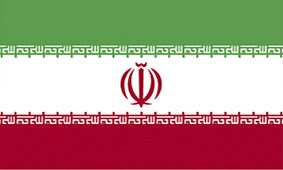
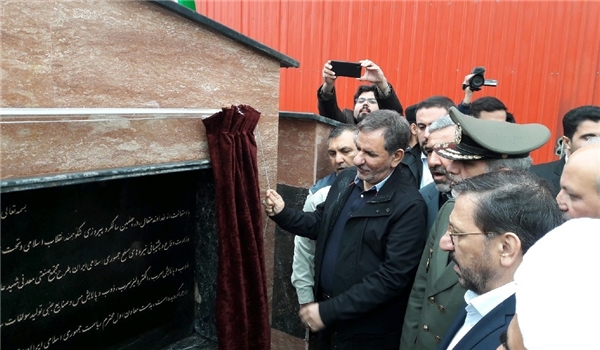
Speaking on the sidelines of the inauguration ceremony of the industrial project today, Governor of Aradan County Mojtaba Bourbour said that the private-sector industrial unit which was built at a 100-hectare land will create job opportunities for 300 individuals.
Bourbour said the private metal unit has the annual capacity of producing 66,000 tons of copper and lead.
About 1,300 billion rials have been invested in the Aradan industrial project which was initially planned to be implemented in seven year but completed in a shorter time. The project started four year ago, the governor added.
The most important goal the project follows is to develop economic infrastructures in the country, Bourbour said.
Jahangiri is in Semnan for a day-long visit to open two industrial projects.
In a related front, last month, the construction for a giant steel mill started in Iran’s Northwestern province of East Azerbaijhajn where a budget of 1.1 trillion rials ($26 million) has been allocated for the project by the private sector.
The construction operation of a one-million-ton steel plant in Hashtrud, East Azerbaijan province, officially commenced on Sunday in a ground-breaking ceremony attended by the province’s governor general.
According to East Azarbaijan Province Governor General Mohammadreza Pour-Mohammadi, the plant, which marks the private sector’s biggest project in the steel industry, is scheduled to become operational within two years.
The production unit will be established in a 10,000-hectare area at an estimated cost of 1.1 trillion rials ($26 million).
Upon completion, the steel company will create more than 350 direct and 350 indirect jobs in the Northwestern province.
Earlier on January 26, the World Steel Association (WSA) announced that Iran ranked 10th among crude steel producers in the world in 2018 with 25 million tons of production, with a 17.72% rise compared with 2017.
Iran has pushed aside Italy, Taiwan and Ukraine to become the 10th biggest producer of crude steel in the world for the year 2018.
The WSA has put the global crude steel production for the year 2018 at 1,808.6 million tons (Mt), which shows a 4.6% increase compared to 2017.
According to the report, Iran’s crude steel industry has remained in good shape despite the US sanctions.
Iran produced 25.0 Mt in 2018, showing a 17.72% increase compared to 2017 (21.2 Mt).
Iran’s share of global crude steel production has been estimated at 1.38% for the year 2018.
Based on the report, the second to ninth places went to India, Japan, the US, South Korea, Russia, Germany, Turkey and Brazil with 106.46 million tons, 104.33 million tons, 86.7 million tons, 72.46 million tons, 71.68 million tons, 42.44 million tons, 37.31 million tons and 34.73 million tons respectively.
According to the Islamic Republic's Vision Plan, the country's total steel production capacity is to hit 55 million tons a year by 2025, with exports figure expected to reach 10-15 million tons.
In a very recent move to further increase the country’s steel production, 2 big steel plants, a direct reduction iron (DRI) and a steel pelletizing plant, were officially inaugurated by Iranian First Vice-President Eshaq Jahangiri in the Southeastern province of Kerman on January 26.
The two plants, built with more than half a billion dollars of investment, will add 1 million tonnes of DRI, otherwise known as sponge iron, and 2.5 million tonnes of iron ore pellets to Iran’s burgeoning steel production.
The first plant commissioned Tuesday was the Butia pelletizing near the city of Kerman which has been producing pellets on a trial basis since April.
Jahangiri then traveled to Bardsir to open its 1 million-tonne DRI plant for production of billets and blooms.
The construction of Bardsir Steel with some $357 million marked the application of localized technology in design, installation and commissioning of a 140-tonne electric arc furnace as well as ladle furnace and a continuous casting machine.
Earlier in mid-November, a customs office report said that Iran has considerably boosted exports of sponge iron and steel products from its Southeastern province of Hormuzgan in a seven-month period.
"Over $508 million of sponge iron and steel have been exported through the province's customs in the first seven months of the current Iranian calendar year (March 21, 2018-October 23, 2018) showing a considerable rise as compared to last year's corresponding period," Hormuzgan Customs Administration reported.
The customs report noted that the major part of the exports was destined to Thailand, Brazil, Indonesia, China, and Italy.
With three steel manufacturing companies and the capacity of producing over five million tons of steel, Hormuzgan is the third major producer of steel in the country.
In a relevant development in early July, the Iranian Ministry of Industry, Mine and Trade announced that the country had considerably increased the production of crude steel in a nine-month period.
"Over 29,976 million tons of crude steel and steel products have been produced during past nine months," the ministry said.
Domestic steelmakers aim to increase crude steel output capacity to 55 million tons per year as per targets set by the 20-Year Vision Plan (2005-25).
Currently, Iran ranks 13th in terms of steel production in the world.
In its latest report, World steel Association (WSA) put Iran’s steel production volume in the first three months of the current year in 2018 at 47 percent growth.
Iran managed to produce 2,350,000 tons of steel in March 2018, showing a significant 43.7-percent growth.
According to statistics, crude steel production volume in the world registered a considerable four percent (4%) growth. Totally, steel production volume in the world recorded a 4.1 percent hike in the first three months of the current year in 2018.
Japan, India and the United States with 44.22 million tons, 44.12 million tons and 34.85 million tons, respectively ranked second, third and fourth, the report added.
Global steel production in May amounted to 154.86 million tons, showing an increase of 4.7 percent compared with the figure for April which was 147.89 million tons.
WSA is the international trade body of the iron and steel industry. The association represents approximately 170 steel producers, including 17 of the world’s 20 largest steel companies, national and regional steel industry associations and steel research institutes. WSA's members account for around 85 percent of world steel production.


Gold price inches higher with spotlight on US-China trade talks
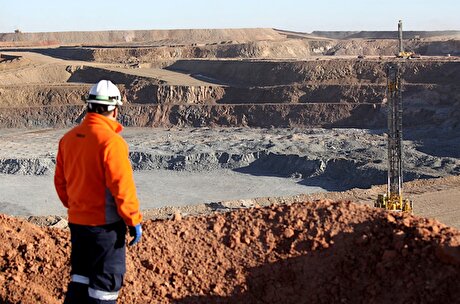
Rio Tinto faces major engineering change at Oyu Tolgoi
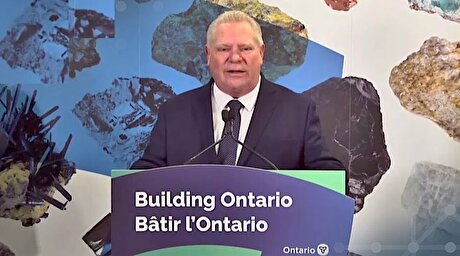
Ontario fast-tracks controversial mining law

Trump confirms rare earth deal with China
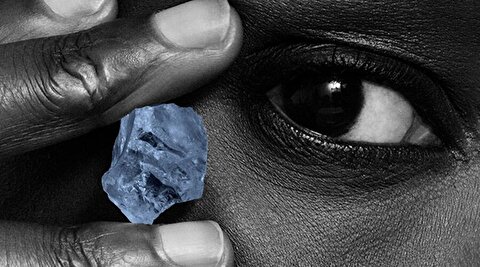
Petra Diamonds rethinks sales tactics as market slump drags on
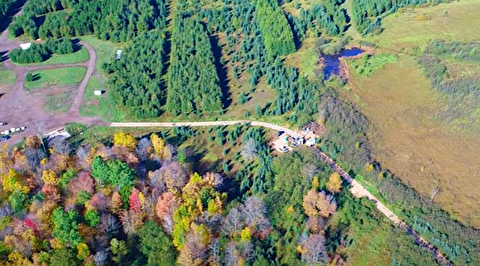
Talon Metals plummets as it prices financing at discount to fund nickel project
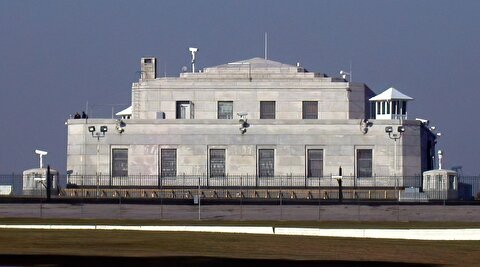
US lawmakers push for comprehensive audit of Fort Knox gold
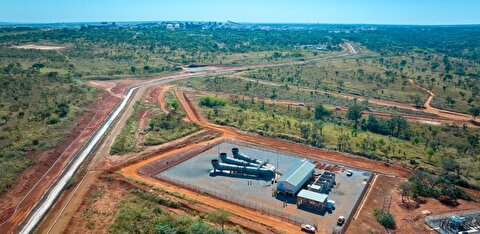
Ivanhoe slashes 2025 copper guidance by 28% following DRC mine restart
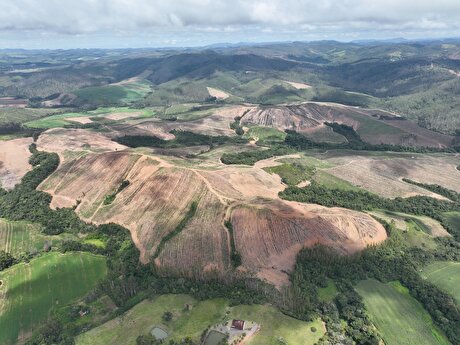
Rare earth startups eye slice of $1 billion bounty from Brazil
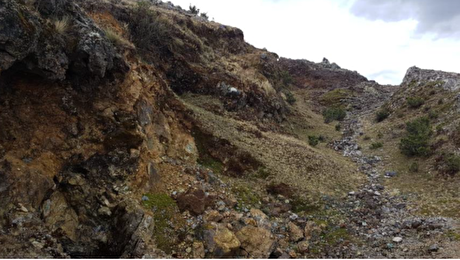
Condor-Teck copper project in Peru receives environmental approval

KORITE acquisition in Alberta creates world’s only mine-to-market ammolite producer

Gold price extends rally following Israeli attack on Iran
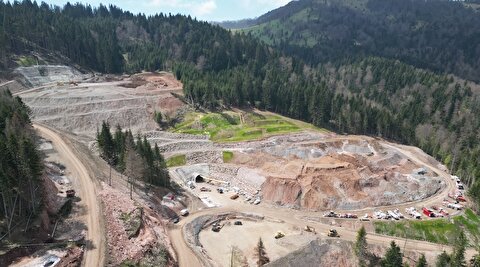
Dundee Precious Metals to buy Adriatic in $1.25B deal
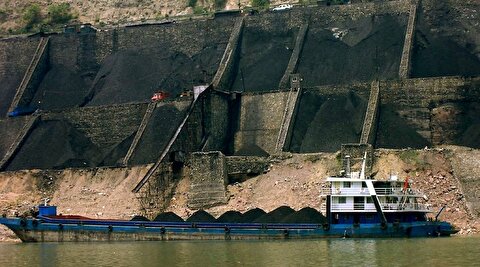
Perseus forecasts 2.7 million oz. gold production over five years
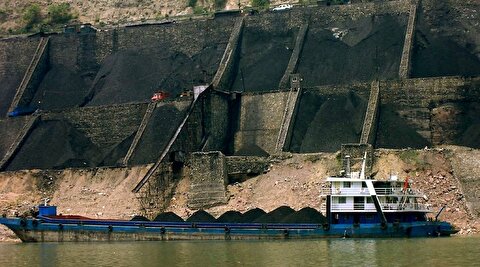
China coal imports could drop by up to 100mt in 2025, industry group says

Rare earth startups eye slice of $1 billion bounty from Brazil

Gold surpasses euro as second-largest reserve asset: European Central Bank
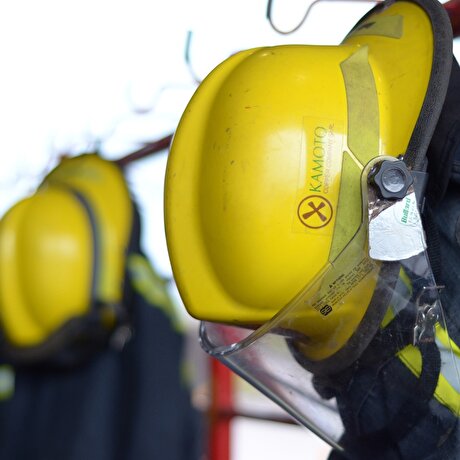
Glencore halted some cobalt deliveries over Congo export ban
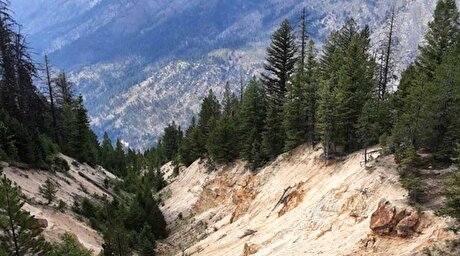
Resolution stakes claim in US critical minerals market

KORITE acquisition in Alberta creates world’s only mine-to-market ammolite producer

Gold price extends rally following Israeli attack on Iran

Perseus forecasts 2.7 million oz. gold production over five years

China coal imports could drop by up to 100mt in 2025, industry group says

Rare earth startups eye slice of $1 billion bounty from Brazil

Gold surpasses euro as second-largest reserve asset: European Central Bank

Glencore halted some cobalt deliveries over Congo export ban

Resolution stakes claim in US critical minerals market

Ivanhoe slashes 2025 copper guidance by 28% following DRC mine restart












